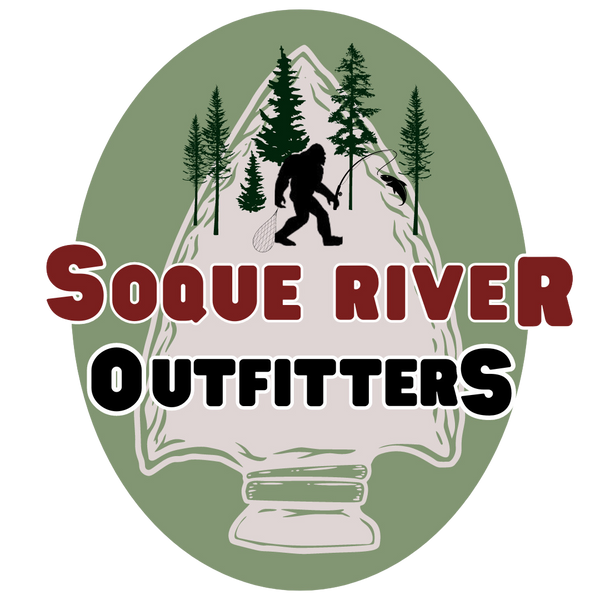Improve Your Efficiency And Catch More Fish
Euro-Nymphing has become an extremely popular technique, and many people say they catch more fish than ever using it. While it is very effective, I think some of the reason folks catch more fish using the technique is the increased efficiency it can create.
First let me define what I mean by efficiency. It is maximizing the time my flies drift through the most productive water. So let’s talk about ways we can improve.
Ditch the False Cast – Yes sometimes it is needed. However, many times – actually I would argue most of the time it is not necessary. Just pick up the line at the end of your drift and recast. Not only will you keep your flies in front of fish more often, you will also keep them out of trees more often.
Practice Rigging – When I started getting serious about fishing I would sit and practice tying the handful of knots I most frequently use. I suggest you find the way to tie them that most fits your dexterity. In a half day of fishing I might change flies twenty times so if I cut 60 seconds off my rigging time It will give me 20 more minutes with flies in the water. Oh, and swallow the pride and get cheaters if you need them (the author should take note I have been fighting this).
Limit Your Casting Distance – Most of our bodies of water allow us to wade within 25 feet of our targets. Don’t make a 50 foot cast if you can wade to within 25 feet of that spot. Long casts tend to produce mending nightmares, too much slack or drag, spook fish by overlining, and often require multiple false casts. If you are the guy that feeds line out at the end of his drift to get another ten feet Stop. Please. You are not well connected to your flies, the drift is unnatural at that point, and you could have recast into a more productive drift in the time it takes to feed line out.
Learn to Read Water and Pattern Fish – Watch videos, read books, or hire a guide to help you read water. You will be able to identify where the fish are likely to be which is key. Once you start catching fish take a mental note where you caught them. Did the majority come from the tail out of pools? Was it the front end of runs? Riffles? Once you figure out where they are feeding the most, you can spend more time fishing similar water types. While fish might be holding in all of these water types on a given day, fish that are feeding the most are often found in a similar type of water.
Fish On – Big T
